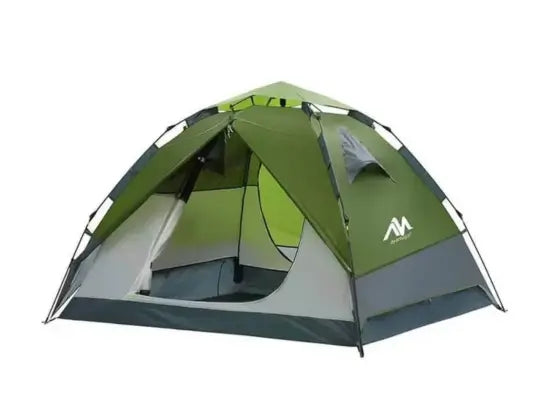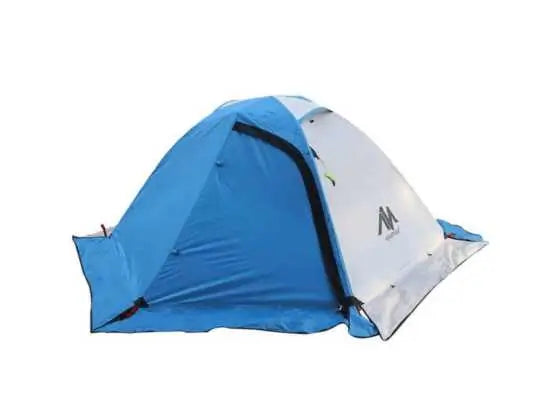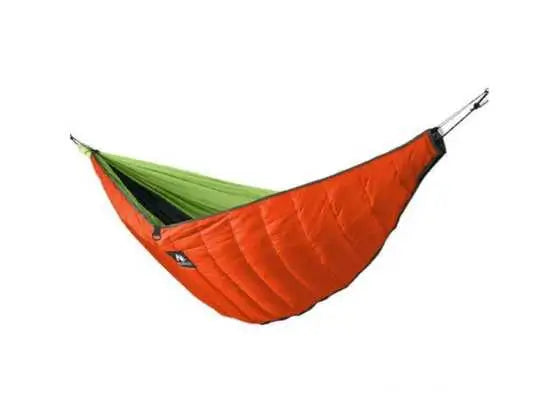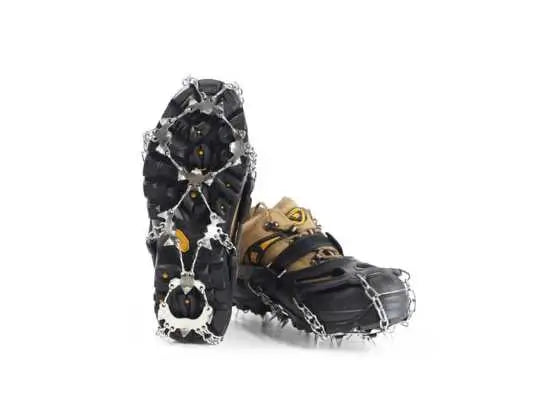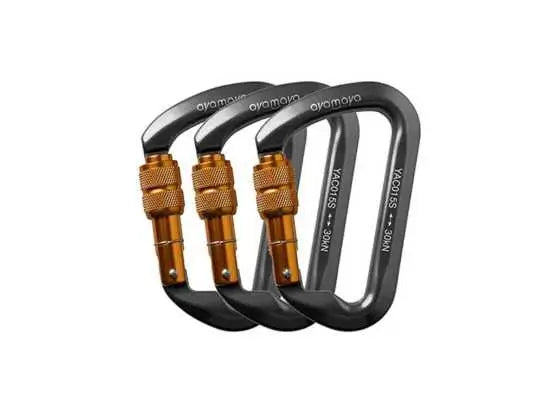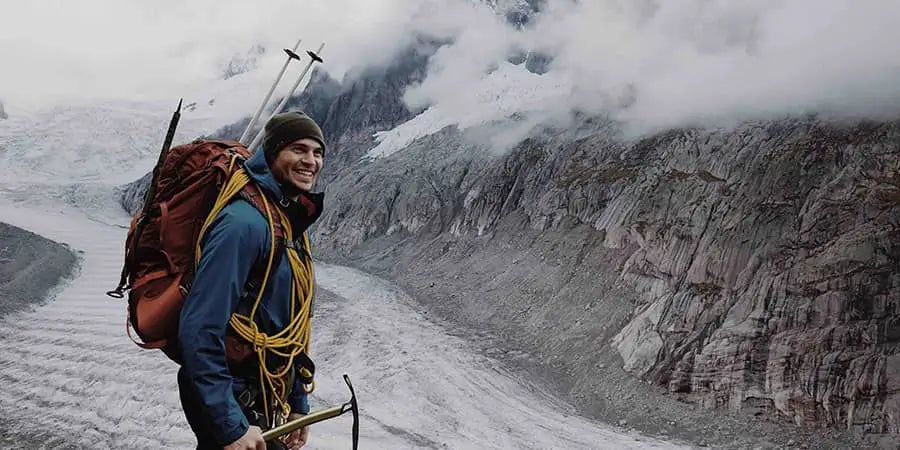Introduction
Winter hiking is one of the things you must always take advantage of in your arrangements, even if you have a tight work schedule. You deserve to be active throughout your life, which is why you need something to facilitate it. Hiking will do, but specifications must come in handy; they include the right gear and a good plan to set things in their right positions.
Types Of Winter Trail Conditions
Before we delve into the essentials for winter hiking, we must look at the varying trail conditions you will use during your hiking activities. Notice that the trail conditions might vary greatly over the winter months. So it will be a problem if you go hiking without proper due diligence. Conduct research before your hike to determine what to carry and how to prepare given these circumstances.
Let’s look at the most common winter trail conditions you are likely to experience.
Snow
Hiking on a snowy trailing path will take work. And, of course, it is a common occurrence during the winter. You might get away with using only a pair of microspikes if the snow isn’t very deep or it’s been substantially compacted. However, if the snow is deeper than your boot, you should, at the very least, think about wearing gaiters and maybe even snowshoes. Along with moving more slowly, it will take more time to navigate because it could be simple to get off the track. There are also obstacles on a snowy path that might be dangerous to your legs. Hence it would be best if you had microspikes when you are certain you will be hiking on snowy paths.

Ice or Snow-Free Trail
winter is normally cold, which is why trekking or hiking in such seasons will have a reference as a cold hike. The only difference is that you use trailing paths with no snow or ice. It is simple to see the path. Make sure you wear the proper layers to keep yourself warm and dry. Even so, it’s good to have microspikes if you come across some ice or snow spots.
Partial Ice and Snow
Some trailing paths will have ice and snow, but only in some specific positions. You should budget additional time because your hiking pace will slow down, you’ll need to halt more frequently, and navigation will take longer. Although there are patches of snow and ice on the Trail, it is still quite simple to tell where the Trail leads. It would be best if you certainly used microspikes for this.
Snowshoes vs microspikes vs crampons as traction devices
Now, do you need microspikes alone for snow hiking? Of course not. Other amazing traction devices can facilitate your hiking expedition during the winter. They include snowshoes, crampons and microspikes. Let’s briefly discuss each of them
Microspikes
Microspikes happen to be the famous hiking shoes that simplify the whole process. These chains include 14”–12” spikes that will provide you grip on ice and compacted snow. They typically fasten to your boot with a rubberized harness. You can put these on and take them off according to the demands of the Trail because they are usually rather simple to put on. They are an excellent item of equipment to bring in your bag during the winter, just in case, as most weigh less than a pound!
Snowshoes
You will need snowshoes during your winter hikes. Snowshoes are wide frames that link to your boot and let you walk on top of deep snow rather than sinking into it by distributing your weight across a larger surface area. Anytime you meet powdery snow or snow depths of more than a foot, prepare to use it. The snowshoes are familiar to any hikers during winter because you want to stay afloat even as you go about your routine hikes.
Crampons
Crampons look like microspikes, only that there is a small difference. The main distinction between a crampon and a microspike is that a crampon has a stiff frame and teeth that can extend up to one inch. They are utilized when walking on slippery slopes and climbing ice (greater than 20 degrees). Notice that a crampon may not be the best for hiking due to the weight and the nature of your walk. It would be best if you had crampons only when you are on a special expedition, but not something that you are doing for fun.

